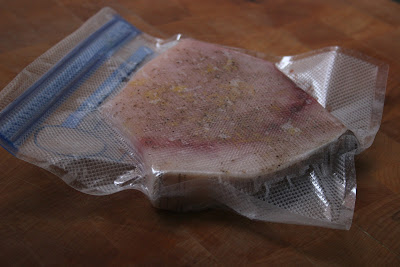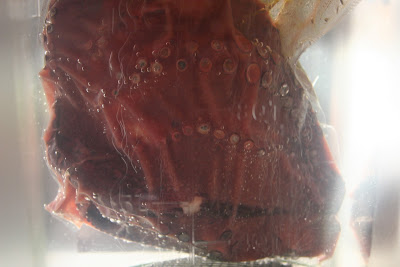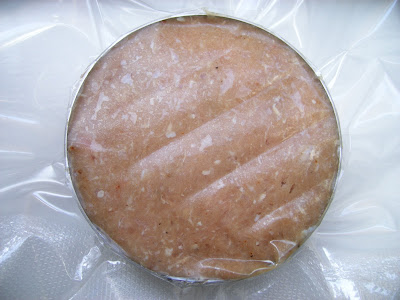Low-Technique: Manual Sous Vide

If you had told someone you were going to cook sous-vide, they would have probably looked at you like you had two faces. And if they did, by some chance, know what sous vide cooking was, they would have thought you had over a thousand dollars worth of equipment. Now-a-days, with home appliances like the Sous Vide Magic and the Sous Vide Supreme, people would think that you were cooking with several hundreds of dollars of equipment. The truth is, all you really need to cook utilizing the sous-vide method is the ability to put some plastic-wrapped product into a temperature controlled container of water. While not the first to do it, Martin Lersch made a sous vide rib-eye just by using a big pot of water, a thermometer and a plastic bag. This is not your only option. If you don't like the idea of having a constant heat source going (e.g. the burner or you can also take the pot and try and put it in the oven), you can also use J. Kenji Lopez-Alt's beer cooler s...






